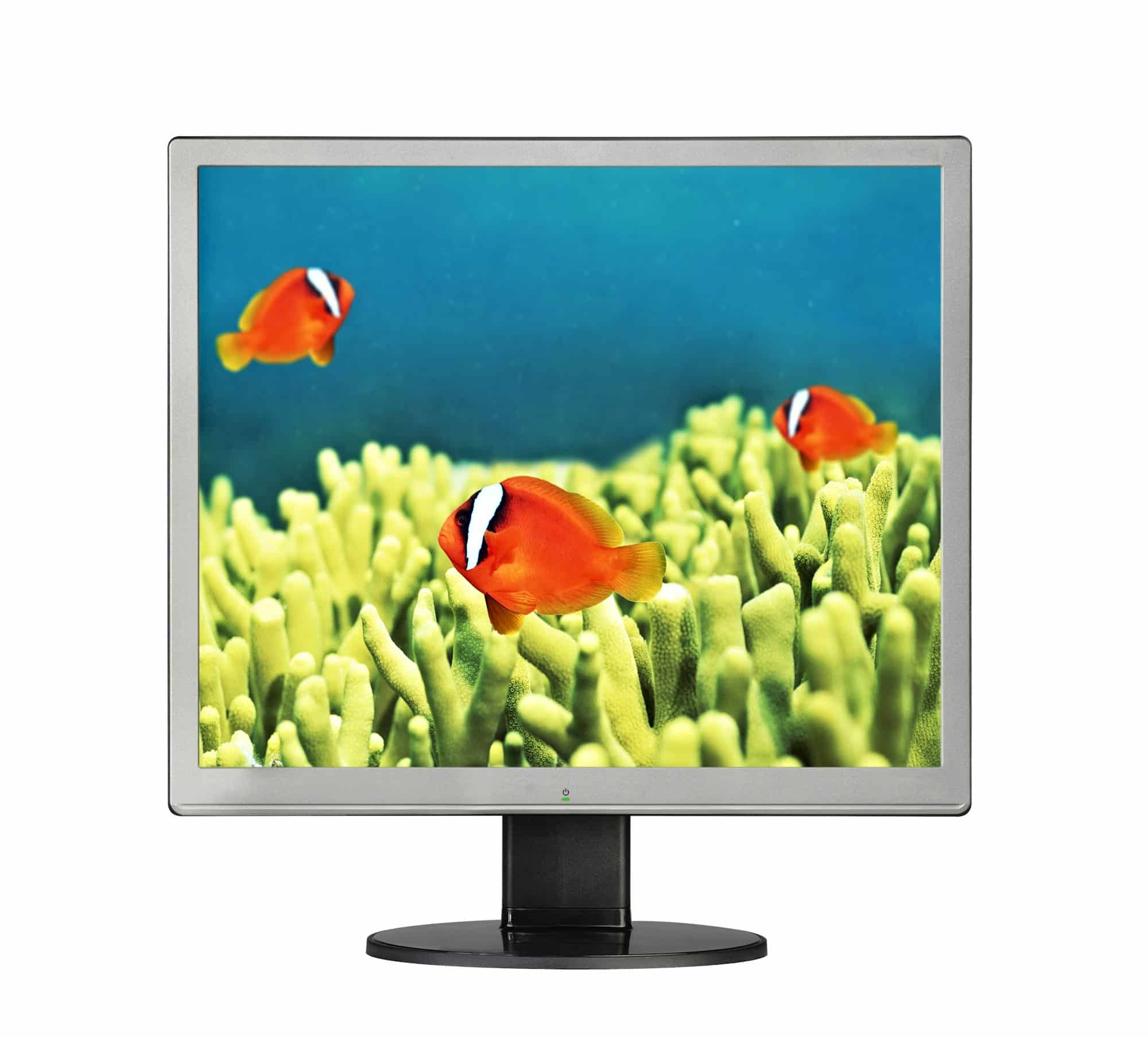How to Care for a Goldfish in a Properly Sized and Filtered Tank?

Goldfish, perhaps the most universally recognized pet fish, are often a beginner’s first foray into the world of aquariums. Their vibrant hues and endearing expressions make them a popular choice for hobbyists and families alike. However, goldfish are not the low-maintenance pets that many assume them to be. These aquatic pets require specific care and attention to keep them healthy and happy. In this article, you will learn about the important aspects of goldfish care, from the size and cleanliness of the tank to the type of food and plants needed.
1. Selecting the Right Size Tank for Your Goldfish
Contrary to what you might see in cartoons or movies, a small bowl is not an adequate home for a goldfish, no matter how cute it may look. Goldfish are active swimmers and they need ample space to move around. Furthermore, they are known to produce a substantial amount of waste, which can quickly foul a small volume of water leading to health issues.
Avez-vous vu cela : How to Select the Right Type of Chew Toy for a Teething Puppy?
When choosing a tank for your goldfish, you need to consider both the size of the fish and the number of fish you plan to keep. A rule of thumb is to provide at least 20 gallons of water for the first goldfish and an additional 10 gallons for each subsequent one. This guideline ensures that your fish have plenty of room to swim and the water stays cleaner for longer.
Adequate tank size is not just about comfort – it also promotes better health and growth. In an undersized tank, goldfish can become stunted, leading to a myriad of health issues. So, always opt for a larger tank when in doubt – your fish will thank you for it.
A lire aussi : What’s the Best Way to Teach a Dog to Comfortably Wear Booties in Winter?
2. The Importance of a Good Filter
Just as crucial as the size of the tank is the quality of the water within it. Goldfish produce a lot of waste, which can quickly build up in the water, leading to toxic conditions. That’s where a good filter comes in.
A filter performs three essential functions: mechanical filtration (removing solid particles from the water), chemical filtration (absorbing harmful chemicals), and biological filtration (breaking down harmful waste products into less harmful substances). Goldfish, in particular, require strong biological filtration due to their high waste output.
The type of filter you choose will depend on the size of your tank and the number of fish housed in it. Canister filters are a popular choice for larger tanks, while hang-on-the-back filters can work well for smaller setups. Regardless of the type, remember to clean it regularly to ensure its effectiveness.
3. Maintaining a Clean Aquarium
Weekly maintenance is essential to keep your aquarium clean and your goldfish healthy. This includes checking the water temperature, cleaning the tank and replacing the water regularly.
The water temperature should ideally be between 65 and 72 degrees Fahrenheit. Goldfish are cold-water fish and don’t need a heated tank. However, they do appreciate consistency, so avoid sudden temperature fluctuations as much as possible.
When cleaning the tank, avoid using soap or detergents as they can be harmful to your pet. Instead, use a tank scrubber to clean the sides and a gravel vacuum to clean the bottom. This will remove any uneaten food and waste that’s hiding in the gravel.
You should also perform partial water changes on a regular basis. Replacing about 10-15% of the tank’s water each week will help keep the water chemistry stable and remove accumulated waste. Remember to treat the new water with a dechlorinator before adding it to the tank, as chlorine can harm the fish and the beneficial bacteria in the tank.
4. Providing the Right Diet for Your Goldfish
Feeding is one of the most enjoyable aspects of keeping goldfish. However, it’s also easy to overfeed these pets, which can lead to health issues.
Goldfish are omnivores, meaning they eat both plants and meaty foods. A balanced diet for your goldfish should include a variety of foods. High-quality flakes or pellets can serve as the staple of their diet. But don’t forget to supplement this with fresh, frozen, or freeze-dried foods like brine shrimp, daphnia, and bloodworms.
When feeding, only give as much food as the fish can consume in a couple of minutes. Overfeeding can not only make your goldfish sick but can also pollute the tank. So, feed your pet several small meals throughout the day instead of one large one.
5. Adding Plants to Your Goldfish Tank
Plants make a beautiful addition to a goldfish tank, providing both aesthetic appeal and practical benefits. They can help to improve water quality by absorbing excess nutrients and providing oxygen.
However, you should be aware that goldfish are notorious for their love of plants – in the edible sense! They will happily nibble away at most aquarium plants. Therefore, select sturdy, fast-growing species that can withstand a bit of munching. Java fern, Anubias, and hornwort are all good choices.
Finally, remember that plants, like fish, have their own care requirements. Make sure the plants you choose are compatible with the water temperature and light levels in your goldfish tank. And remember, a well-cared-for tank isn’t just a home for your goldfish, it’s a living piece of art.
6. Choosing the Right Types of Goldfish for Your Tank
When starting with your goldfish aquarium journey, choosing the right type of goldfish is crucial. You need to remember that not all types are created equal. Goldfish come in different shapes, sizes, and have different personalities. Among the most common types of goldfish are the Comet, Fantail, and the highly sought-after Fancy Goldfish.
The Comet goldfish, boasting a slender body and long flowing tail, are highly active swimmers and thrive best in larger aquariums. Fantails, on the other hand, are characterized by their double tails and rounded bodies. They are less agile swimmers compared to Comets but are equally engaging with their striking color patterns and endearing expressions.
The Fancy Goldfish is unique for its stunning colors, diverse fin structures, and rounded bodies. However, they require more care and attention than other types due to their delicate nature. They are also more prone to health issues brought about by water quality issues or temperature fluctuations, so keeping their environment stable is paramount.
Regardless of the type you choose, always remember that compatibility is key. Mixing different types of goldfish in one tank can lead to problems. It’s always best to do research or consult with an expert before introducing new fish into your aquarium.
7. Goldfish Behavior and Interaction
Observing your goldfish’s behavior can be a source of joy and fascination. They are social creatures that often interact with each other and their environment. Their lively nature and curious behavior make them an entertaining pet.
Goldfish are known to communicate with each other using subtle cues. They swim together, eat together, and even exhibit schooling behavior. In times of stress or danger, they will huddle together for protection. Their social nature is one of the reasons why it’s recommended to have more than one goldfish in a tank.
However, like any other pet, goldfish can also exhibit signs of stress or illness. Unusual behavior such as lethargy, loss of appetite, or erratic swimming can be signs of poor health or water quality issues. Therefore, regular water changes and tank maintenance are important to keep your goldfish happy and healthy.
8. Conclusion
Caring for a goldfish in a properly sized and filtered tank is not as daunting as it may seem. By doing your research, setting up the right environment, and providing the correct food and care, you can give your goldfish a healthy and happy life.
Remember, the key to successful goldfish keeping lies in maintaining a clean and spacious environment, consistent water conditions, and a balanced diet. Small steps like regular water changes can make a significant difference in your goldfish’s health and longevity.
While this guide provides a comprehensive overview, you are encouraged to continue learning about your goldfish’s needs and behaviors. Remember, a well-cared-for goldfish doesn’t just survive; it thrives. As the saying goes, happy fish, happy life.
